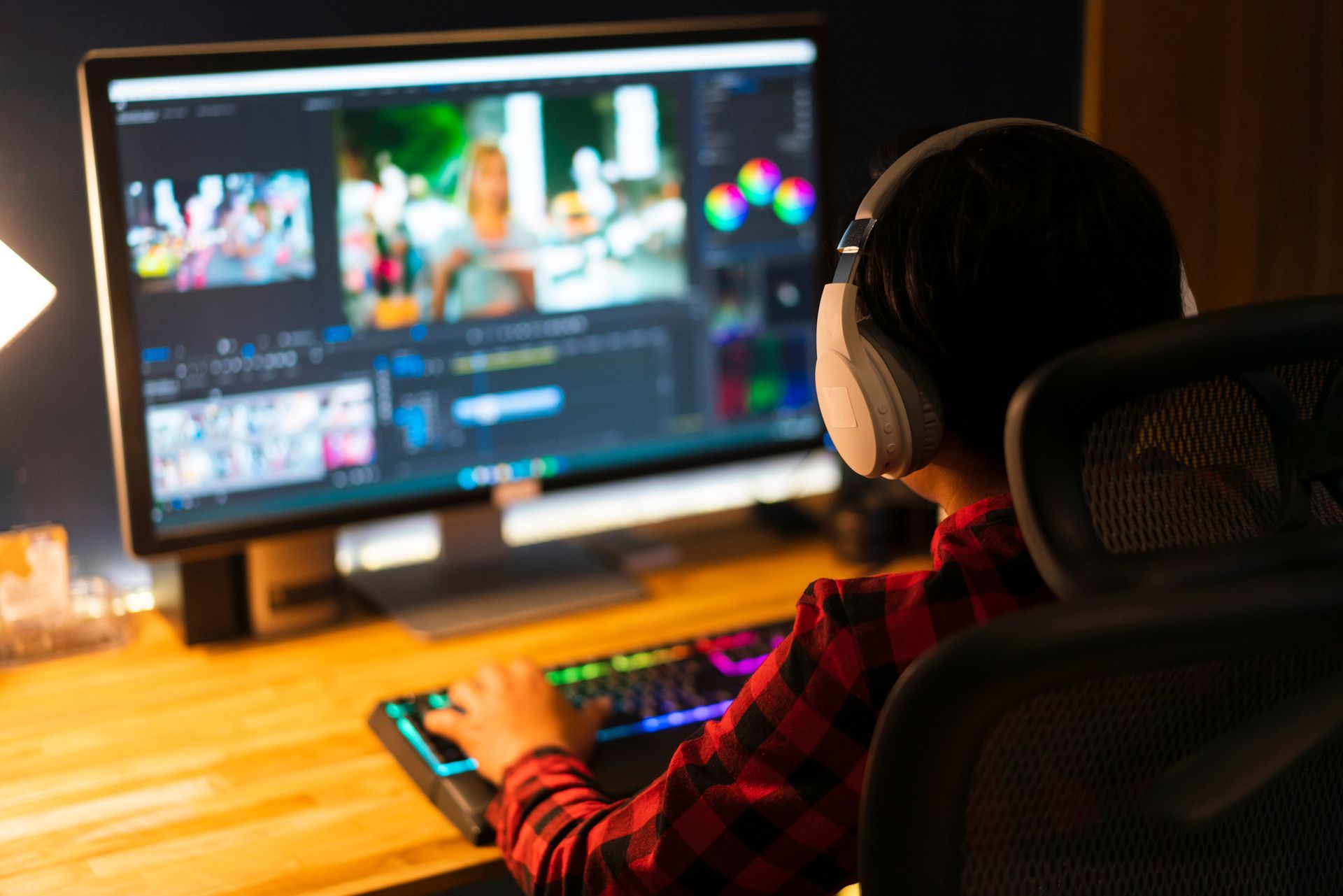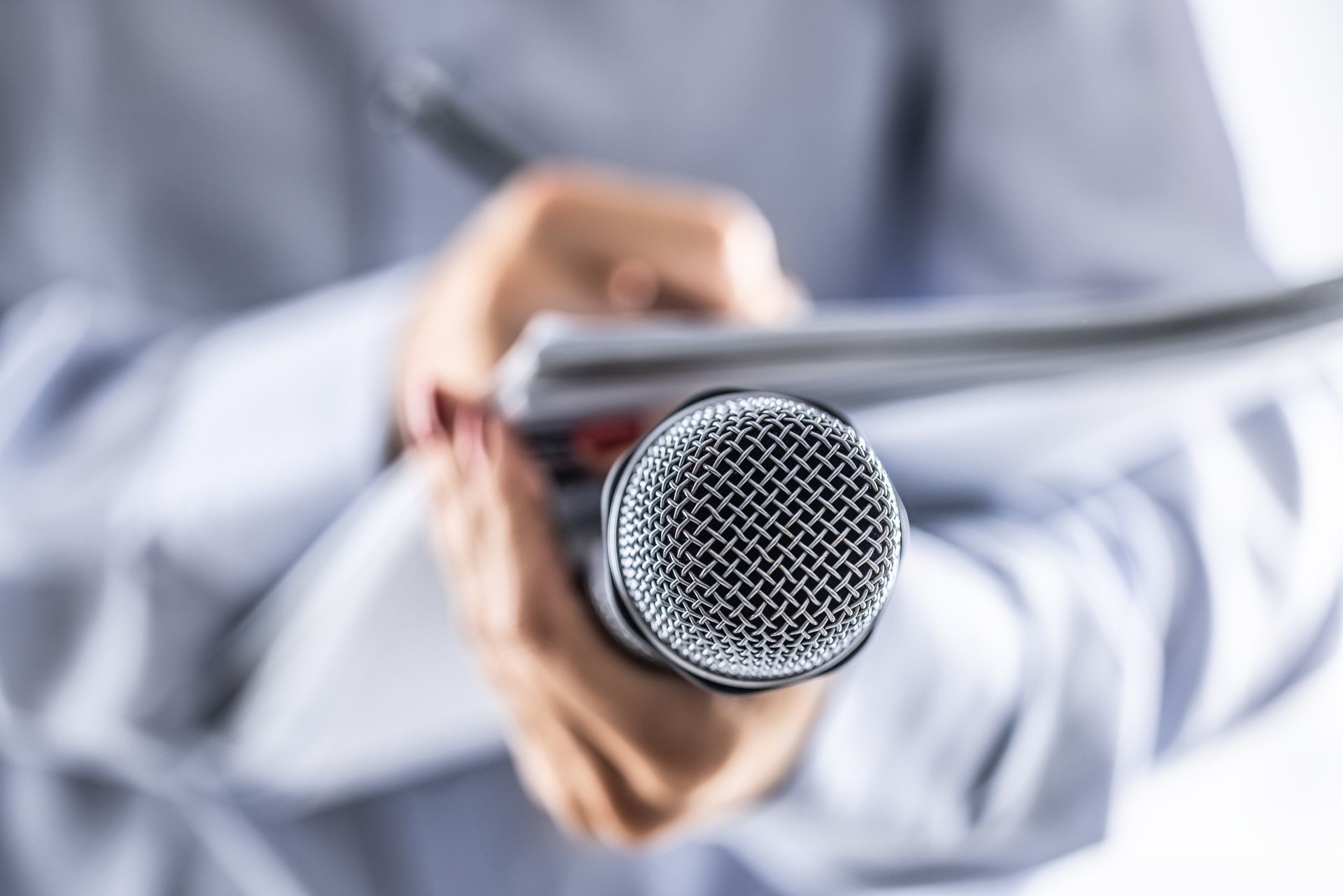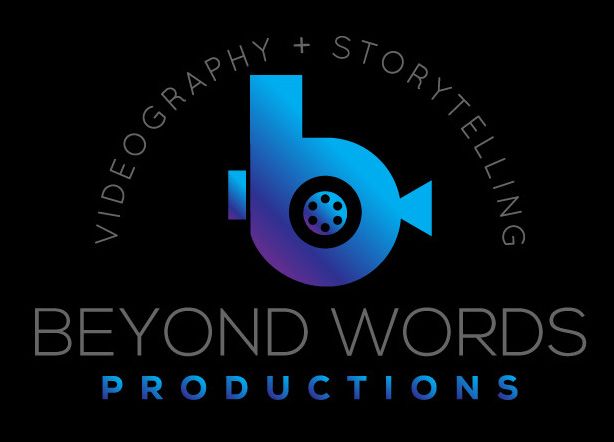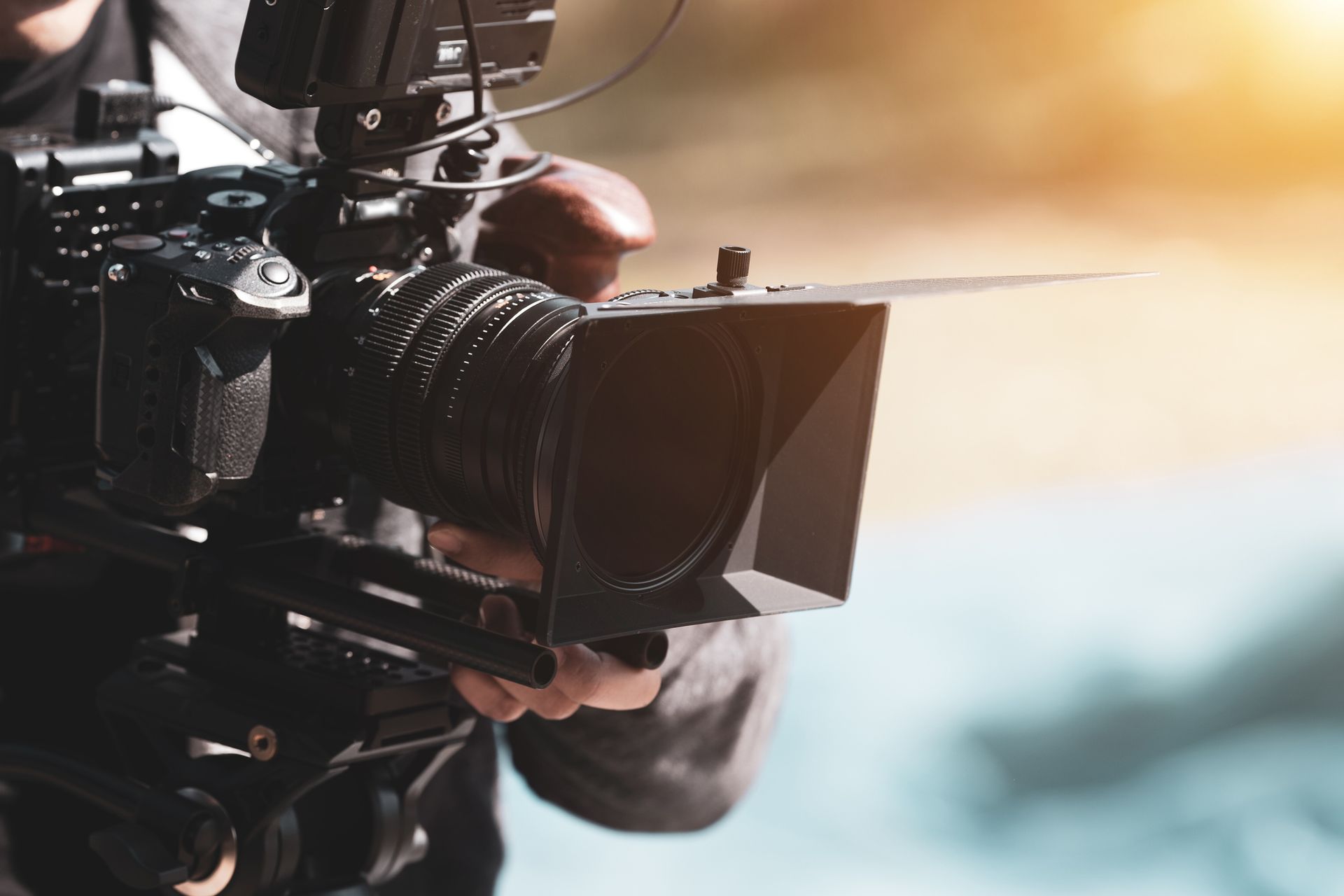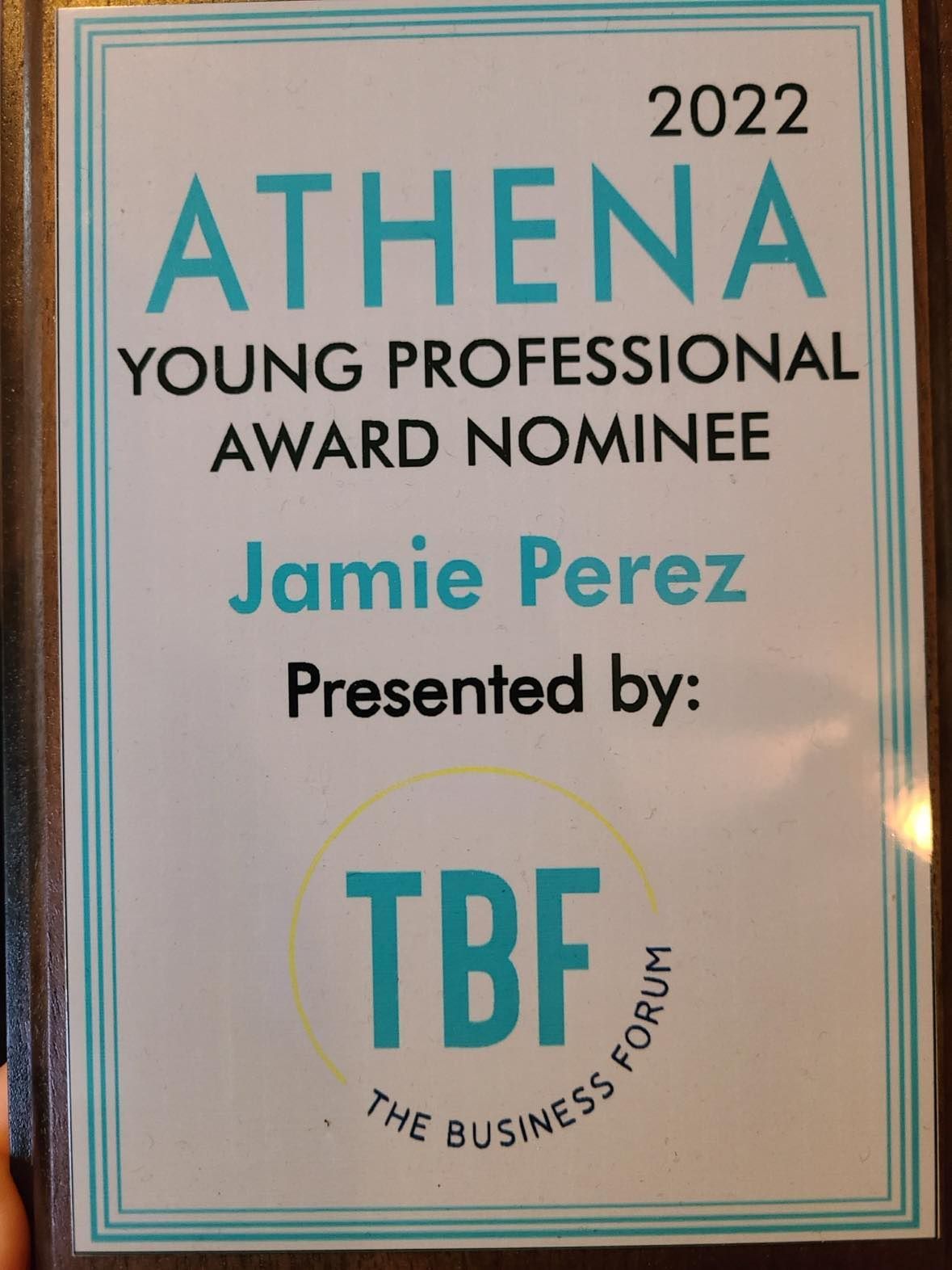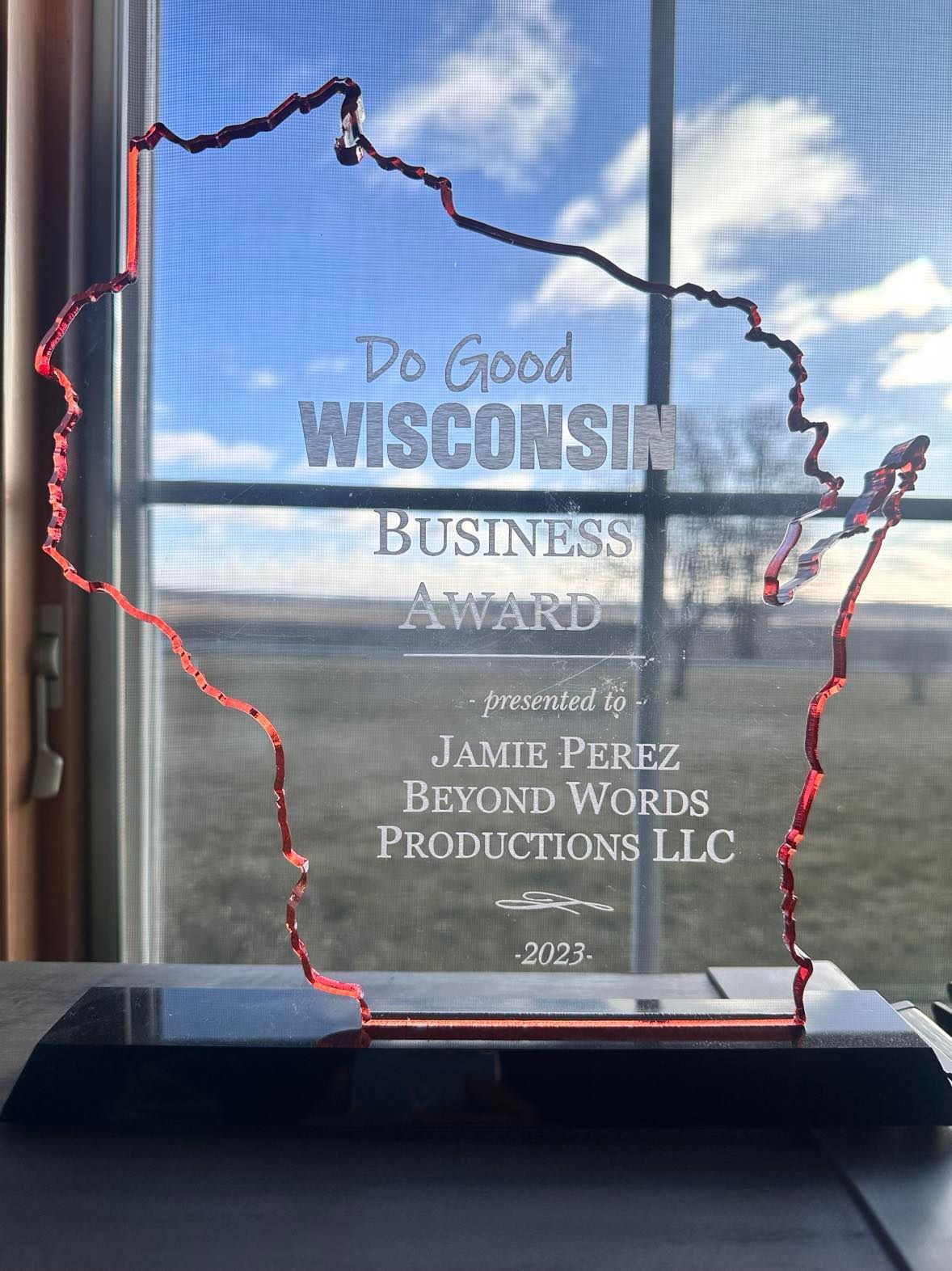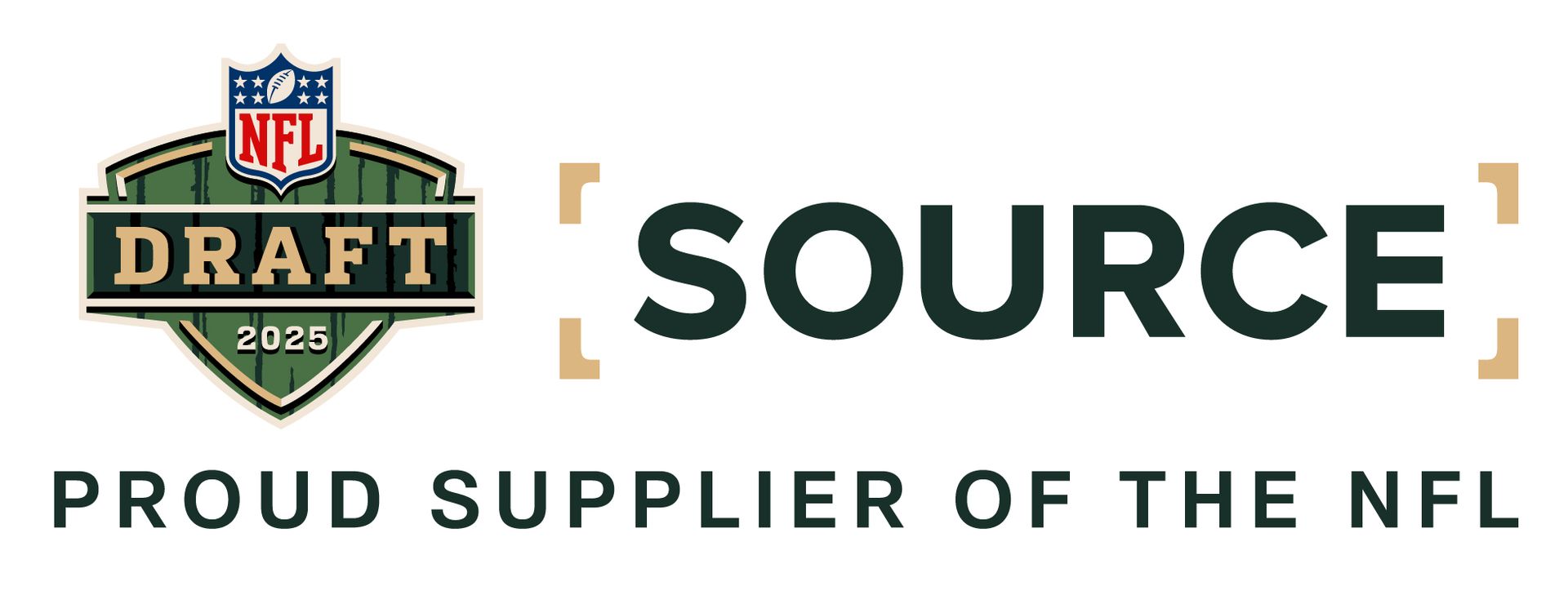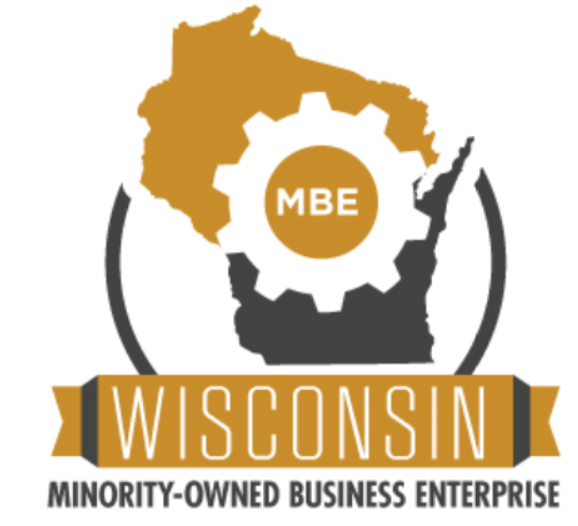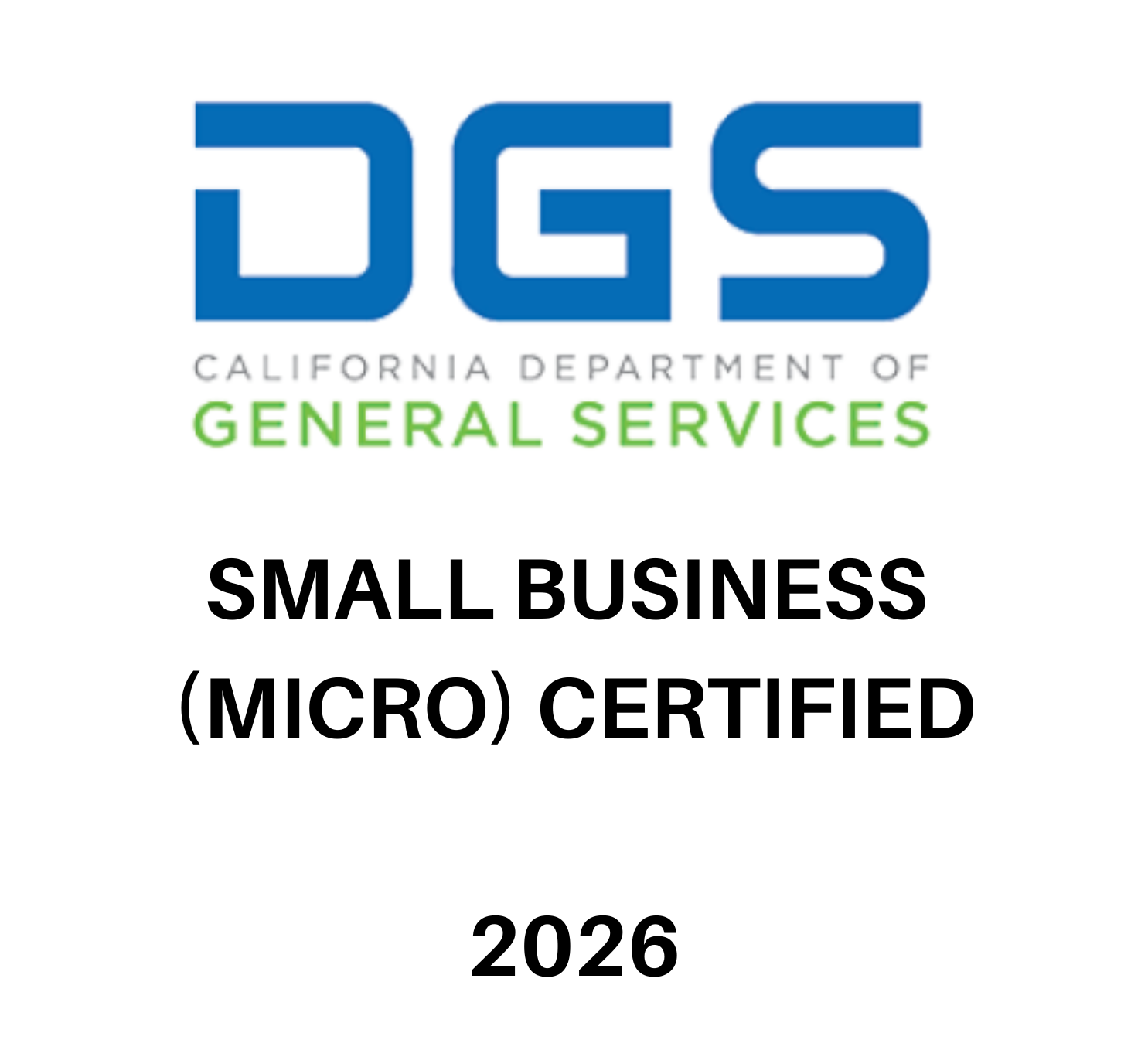The Value of Testimonials in Building Trust and Credibility
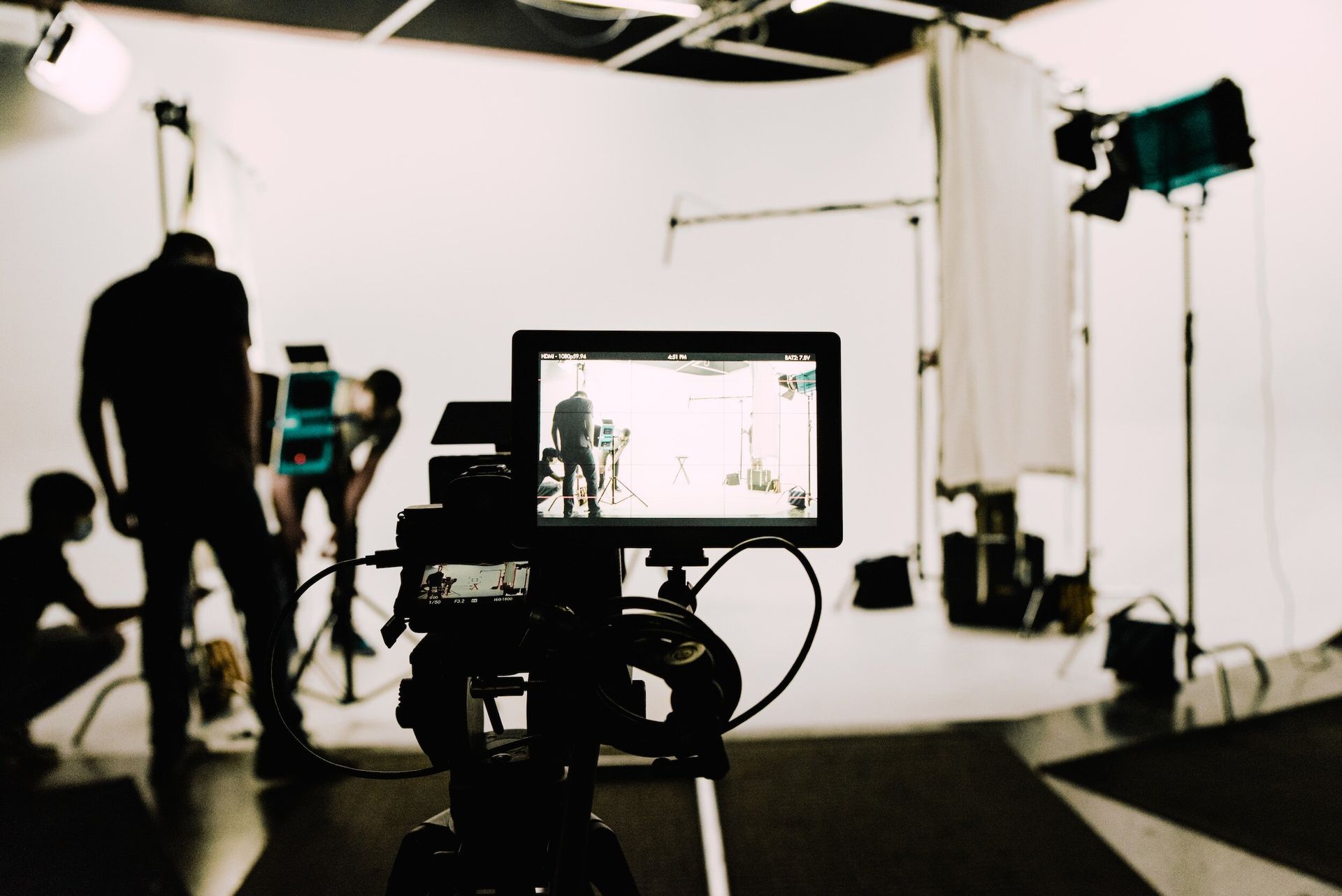
Establishing trust and credibility as a business is pertinent to its success. Sure, you can tell people all day what you do and what you sell, and that will bring in some clients. But what keeps people around, brings in referrals and attracts new clients are your customers making your sales pitch for you through testimonials.
While written testimonials are great to have, video testimonials are even more powerful. With the way information is distributed today and marketing tactics that people have caught on to, sometimes people wonder if those written testimonials on your site are real or if they’re a marketing ploy. Getting a client to share their story on camera is a lot harder to fake.
According to a survey by Wyzowl , 77% of consumers watch online testimonials videos to persuade their purchasing decision on a product or service.
A report by Spiegel Research Center, products with reviews had a 270% higher conversion rate than those without.
Testimonials really are a form of social proof and mean big business for… well, all types of business.
Building Trust Through Authenticity
Testimonials are a reflection of real experiences. When customers share their positive encounters with a product or service, especially in the form of a story, it adds a layer of authenticity that resonates with prospective buyers. New clients who watch your testimonial videos might hear your current client’s story and connect with an experience or emotion in that story. Testimonials also provide a human touch to your brand, showcasing that real people have benefited from what you offer.
Social Proof and Decision-Making
Human beings are social creatures, and our decisions are often influenced by the actions and opinions of others. Testimonials act as a form of social proof, demonstrating that others have not only chosen your business but have also had positive outcomes. This social validation can significantly impact the decision-making process of potential customers, helping them overcome hesitations and commit to a purchase.
Establishing Credibility and Expertise
In a competitive market, standing out is crucial. Testimonials contribute to the establishment of your business's credibility and expertise. When customers highlight how they felt before they discovered you and how their lives changed after using your product or service, someone else could hear that and think, “I want that!”. It really shows the value you bring to the table. This can be especially crucial for businesses looking to position themselves as leaders in their respective fields.
Strengthening Relationships
Beyond their impact on potential customers, testimonials also play a role in fostering strong relationships with existing clients. Requesting and showcasing testimonials demonstrates that you value and appreciate your customers' opinions. It creates a sense of community and loyalty, encouraging satisfied customers to continue their association with your brand.
So, don’t skimp out on testimonials! It may seem like an accessory to your business but it’s really one of the most effective and impactful marketing tools you can use to scale and grow your business!
